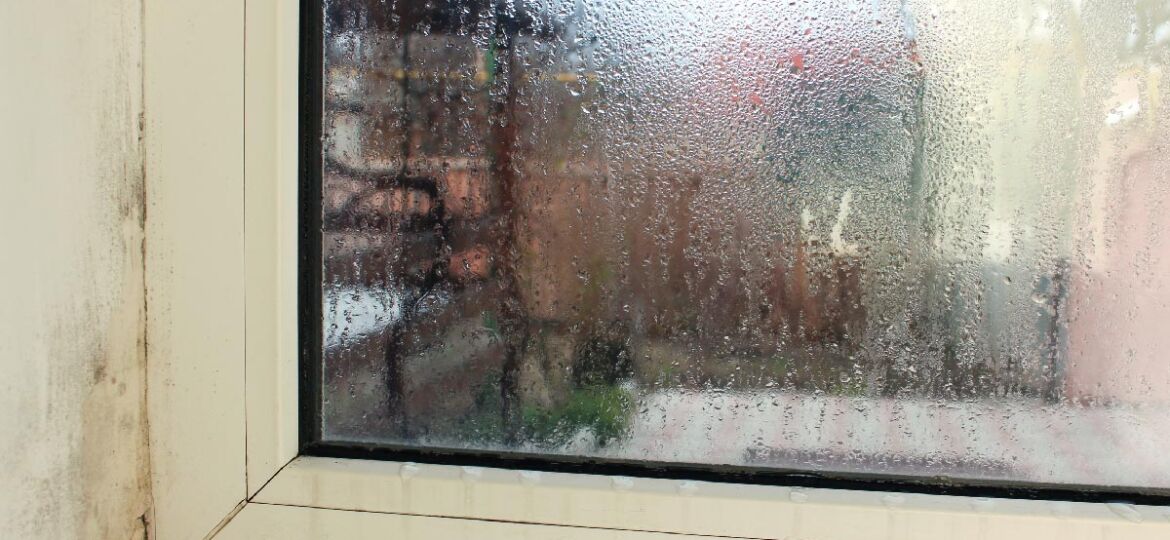
The growth of black mould (stachybotrys chartarum) in UK homes is a common symptom of damp caused by condensation. Condensation results from moist air inside the home coming into contact with cold surfaces, such as windows and walls. The resulting damp, combined with a suitable food source (e.g. wallpaper or emulsion paint) provides ideal growing conditions for the mould.
Condensation tends to be more of a problem during the cooler months of the year and is not dependent on whether it is dry or raining outside. Most homes will be affected by condensation at some point as the result of certain activities such as cooking, washing and drying clothes indoors that produce water vapour which condenses out on colder surfaces.
The amount of condensation in a home depends on the amount of water vapour produced by the occupants, as well as the temperature inside the property and how well ventilated it is. All these factors need to be addressed together to reduce the problem.
Black mould spores are invisible to the human eye, and they only become noticeable when they settle on a surface upon which they can grow. By dealing with the causes of condensation, you will automatically deal with the problem of black mould.
Reducing Condensation
The following tips will help to reduce the amount of condensation in your home.
- Produce less moisture: Examples of indoor water-producing activities:
- Two people at home for 16 hours – 3 pints
- A bath or shower – 2 pints
- Drying clothes indoors – 9 pints
- Cooking and use of a kettle – 6 pints
- Washing dishes – 2 pints
- Using a gas bottle heater (8 hours) – 4 pints
- Remove excess moisture from windows and windowsills every morning: Particularly in the bedroom, bathroom, and kitchen area.
- Ventilate to remove moisture: Allow warm, moist air to escape and let cool, dry air in. Cool, dry air is actually cheaper to heat than warm, moist air.
- In cold weather, keep low, background heat on all day, rather than short bursts of high heat.
Know for Sure
If you have concerns about mould growth in your home, you may wish to consider the following tests of your indoor air and surface dust:
- Indoor air test for the airborne chemicals known as volatile organic compounds (VOCs), which includes a measure of the quantity of chemicals emitted by growing mould, including hidden mould. These chemicals are known as MVOCs and are responsible for the musty, mouldy odour associated with buildings affected by mould growth.
- Surface dust test to identify the quantity and species of any mould spores present in a sample of dust taken from a surface in your home.
These tests provide complementary information and involve sample collection, followed by laboratory analysis of the samples. Each test includes detailed reporting of the results with any abnormal conditions highlighted in an easy-to-understand format.
NEED HELP? Email us at support@homeaircheck.co.uk for assistance.



